The Importance of Costumes by Linda Schroeder
THE IMPORTANCE OF COSTUMES
By Linda Schroeder
How
much attention do you, as a reader, pay to descriptive details of what a
character is wearing? I know sometimes I read rapidly to find out what’s going
to happen. Then, when I re-read the story, one of the things I focus on is how
the characters are dressed.
I
recently saw the play Allegiance.
It’s the story of the Japanese interment by the U.S. government during WW
II. As I watched it I had the feeling
that something major was not working. I’ve been to Manzanar, one of the
interment sites in California. It is now flattened, with only spaces where the
buildings were, but clearly it was not a comfortable place. Not a holiday. But
the costumes the actors wore were ironed and clean and USO like. I couldn’t
feel the sadness of people in desperate conditions when they were wearing clean
and shiny clothes.
I
put clothes on characters that reflect something basic about them.
After
I had a first draft of Artists &
Thieves the easiest things to rewrite and clarify were descriptions. I knew
exactly who the characters were and what I wanted a reader to know about them.
One of my friends said, “Why did you dress Mai [the heroine] the way you did?
You don’t dress anything like that.”
Well, yeah! I am not Mai anymore than I am the smuggler, the art critic,
or the artist Angelo. I dressed Mai the
way I did because she is young, Chinese, wealthy and, when she’s not a thief,
she displays a public image of a successful artist. Angelo, on the other hand, an emotional
artist, wears clothes that reflect his mood. He always dresses as he feels:
“Mai was wearing a yellow Valentino sundress,
one she usually wore on vacation, one that outwardly conveyed a certain air of
happiness and hope even though inside she felt deeply worried about her grandfather.”
“Angelo wore an indigo Armani shirt, a color
neither blue nor violet, and Mai sensed from it his anxiety and stress. He was
definitely somewhere between blue and violet.”
And
a quick look at my art critic should give you a clue about where I was headed
with him:
“With
precisely cut gray hair, thin face, pale high cheekbones, and three piece gray
suit with a maroon carnation in the lapel, he reminded Angelo of Oscar Wilde’s
Dorian Gray, an elegant facade for an evil soul.”
Costumes,
even briefly described, should provide subtle clues for readers. And authors
think them up for good reasons. No fair skipping over them in a rush to find
out what happens next.
* * *
Linda Schroeder divides her time between the bright sun of
California and the high mountains of Colorado. She has a Master’s degree in
English and one in Communicative Disorders/Audiology. In addition to her novel,
Artists & Thieves,
she has published a college text.Her early interest in English expanded to include language disorders and she began a second career as an audiologist and aural rehabilitation therapist working with deaf and hard-of-hearing children and adults.
You can visit her website at www.artistsandthieves.com.




























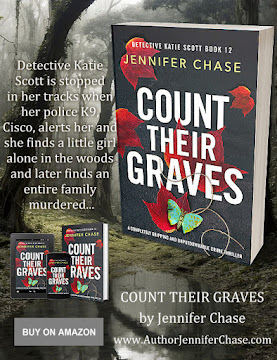
































































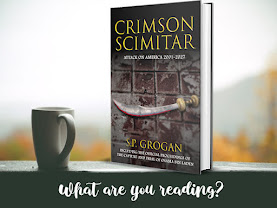



















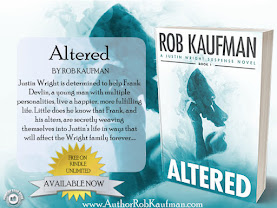






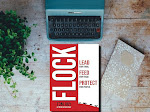


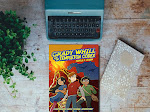















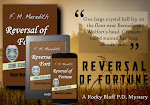

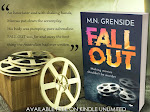














































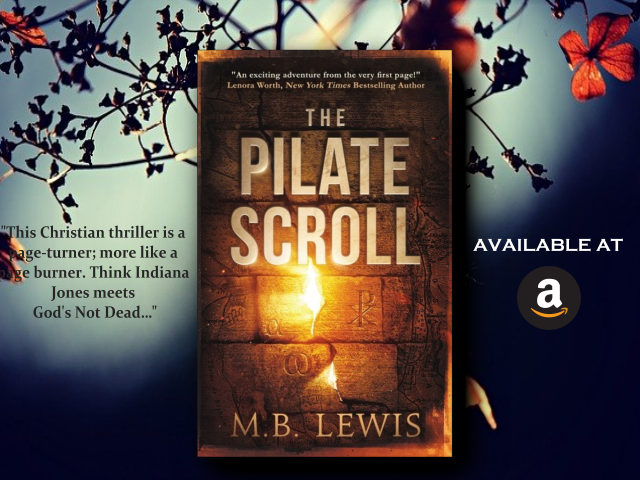














Leave a Comment